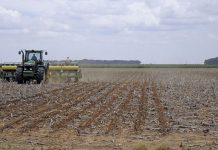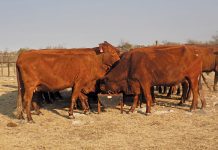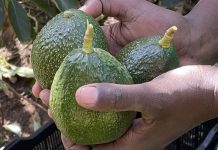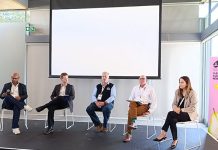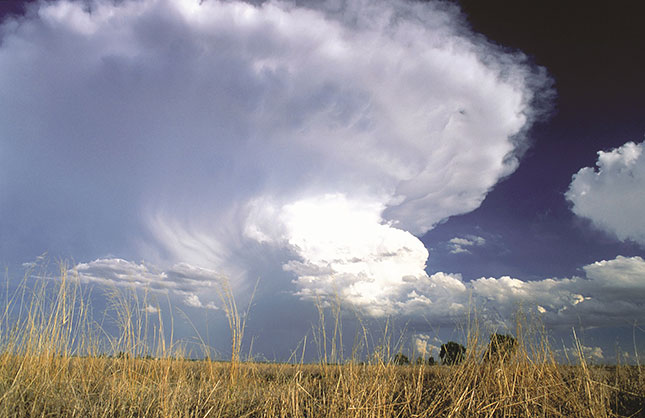
The South African Weather Service (SAWS) has indicated in its latest seasonal climate watch that below-average rainfall is expected over most parts of the country, except for the central and eastern coastal areas, in May, June and July.
Both maximum and minimum temperatures are expected to be above average for most of the country until the end of July, except for parts of the Northern Cape and the Eastern Cape.
Cobus Olivier, prediction research scientist at the SAWS, ascribed this to the fact that the El Niño-Southern Oscillation (ENSO) was currently in a La Niña state.
“However, forecasts indicate that it is likely to return to a neutral state during the coming seasons.
“During autumn and winter, the presence of ENSO has less of an impact. The presence of the current La Niña event is not expected to have any significant impact on rainfall in the coming seasons,” he said in a statement.
Johan van den Berg, an independent agricultural meteorologist, said that while La Niña was continuing, initial outlooks showed that the Indian Ocean surface temperatures would be positive for average to above- average rainfall for next summer in the summer rainfall region, especially in conjunction with La Niña.
He added in a statement that nearly all dams in the summer rainfall region were at very high levels due to the heavy rainfall earlier in the year. The average level of Free State dams stood at 107% in the third week of April, with the Vaal Dam at 115%.
Although the average level of dams in the Eastern Cape had stabilised at about 66%, the level of the Kouga Dam was at 13% and still dropping by the end of April.
Dams in the Western Cape were maintaining an average level of about 57%, compared with 50% during the same time in 2021.
As far as South Africa’s neighbours were concerned, the water level in Lake Kariba in Zambia was at about 26%, well below the 48% at the same time last year. The Katse Dam in Lesotho was at 98,4% of capacity and the Mohale Dam at 91,4%.
The Hardap Dam in southern Namibia reached 71% in April, while the level of that country’s largest storage dam, the Neckartal Dam, was at 99% of capacity at the moment, Van den Berg said.


